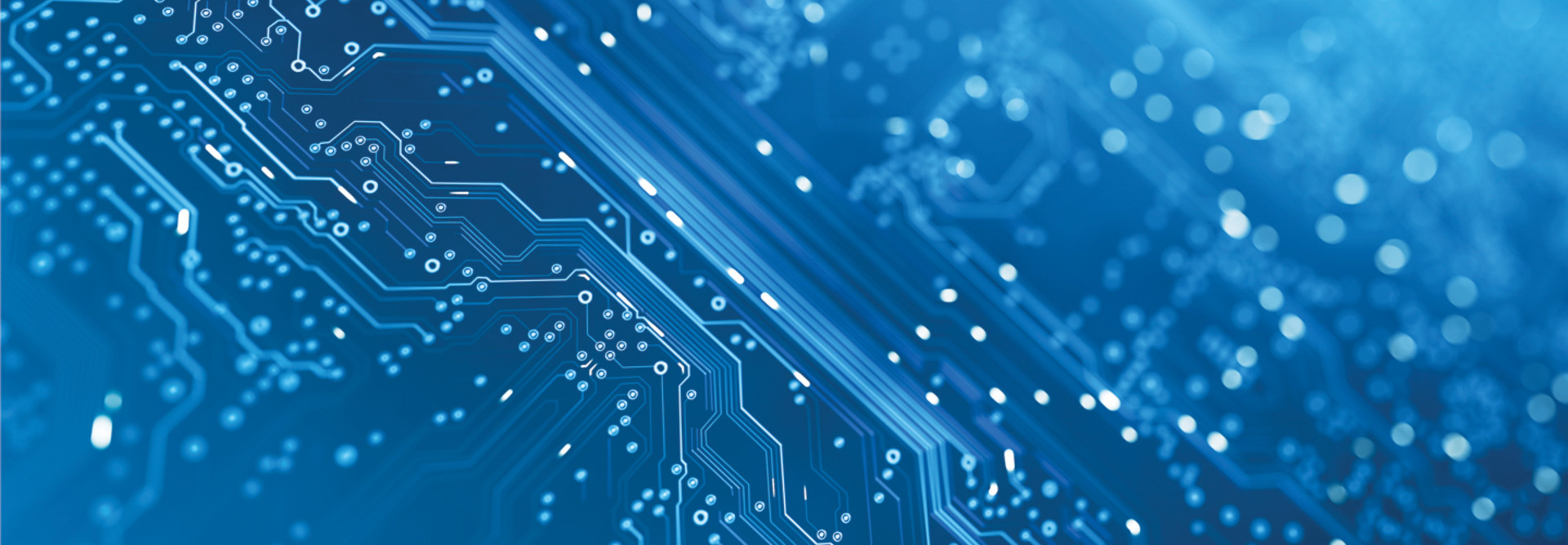The Need for Modern Digital Government
As the white paper notes, the pandemic highlighted how central technology is to our modern lives and to the functioning of government. “Technologies ranging from digital communication to artificial intelligence became a larger element in how public servants tackled the challenges and disruptions brought on by COVID-19,” the white paper notes. “But the pandemic also highlighted the decades of neglect that left many governments relying on antiquated hardware and software, including the nation’s public health systems that struggled to collect and report accurate data on the pandemic.”
Notably, the IRS, which became responsible for distributing billions of dollars in economic stimulus payments, “has computer systems created as far back as 1968, the same year the use of the computer mouse was first successfully demonstrated in public.”
The need to modernize technology in the federal government had been well known for many years, but the pandemic put that imperative into sharp relief.
EXPLORE: These are the 5 key trends to watch for in federal IT in 2021.
How Agencies Adopted New Technologies to Meet Mission Needs
The report details several agencies that made technological shifts in response to changing mission needs during the first part of the pandemic.
For example, the VA faced a flood of inquiries from veterans about the coronavirus and its impact on VA services. The agency deployed a chatbot on its website by late April to help answer FAQs, and new answers are regularly added.
Within the first few months, the white paper notes, the chatbot saw more than 53,000 unique user sessions. “During peak usage, the chatbot responded to twice as many coronavirus-related queries as did the VA tier 1 contact center over the same period of time,” the white paper notes. More than two-thirds of veterans were either “very satisfied” or “satisfied” with their experience with the chatbot, Kaeli Yuen, a Presidential Innovation Fellow at the VA, says in the document.
The Energy Department “created the National Virtual Biotechnology Laboratory to connect national laboratories and allow researchers remote access to the technical and scientific capabilities of the labs to respond to COVID-19,” the white paper notes, citing Office of Science Director Chris Fall.
The Energy Department built on earlier technology initiatives and is “considering the expansion of its virtual capabilities at the national laboratories,” the white paper notes.
“A great deal of what we do already had virtual elements built in,” Fall says in the document. It notes that the Energy Department wants to expand its practice of running experiments at overseas facilities remotely from labs in the United States. The department is considering how to support virtual scientific collaboration in “areas requiring more manual work and in-person interaction between teams, such as biotechnology and material science.”












